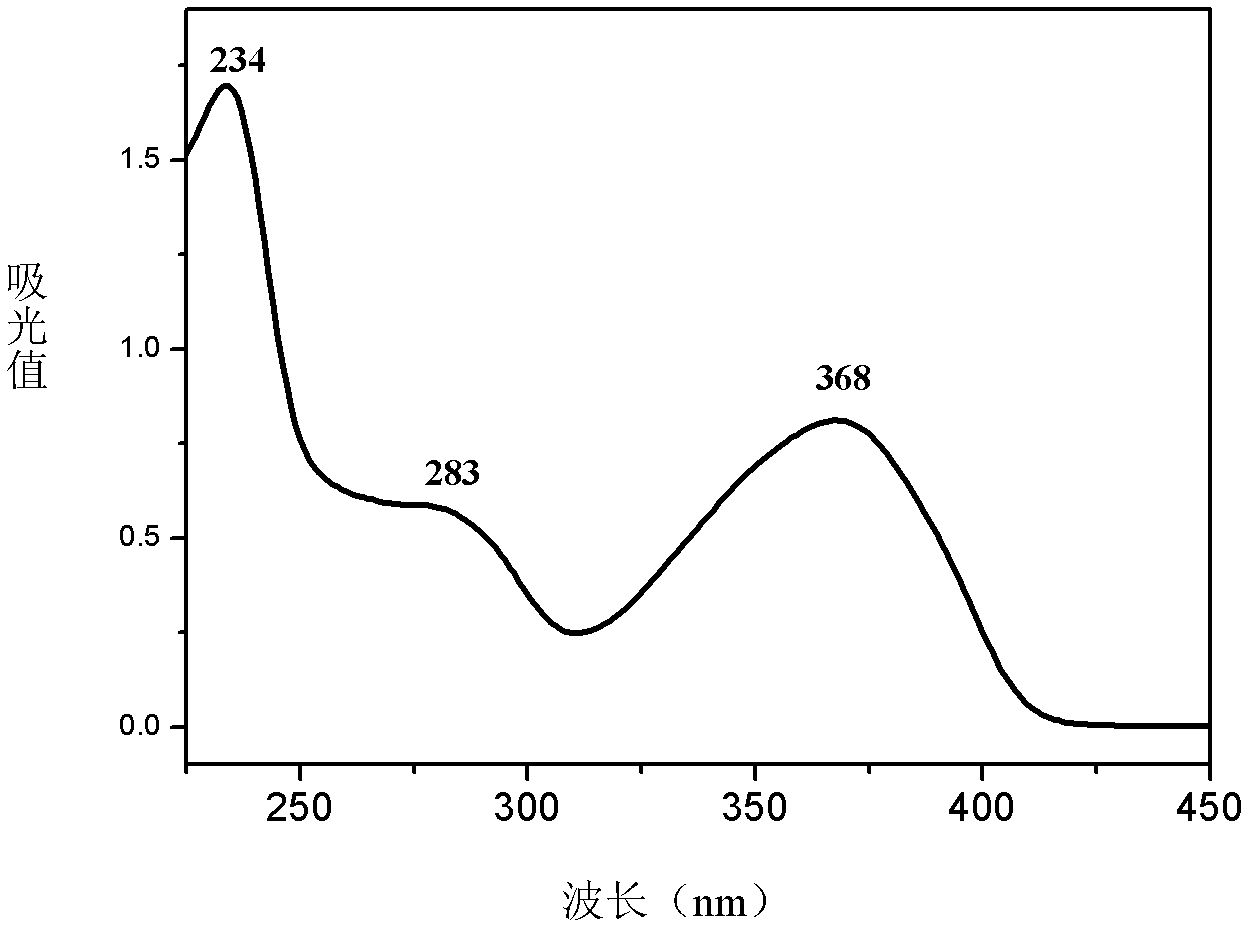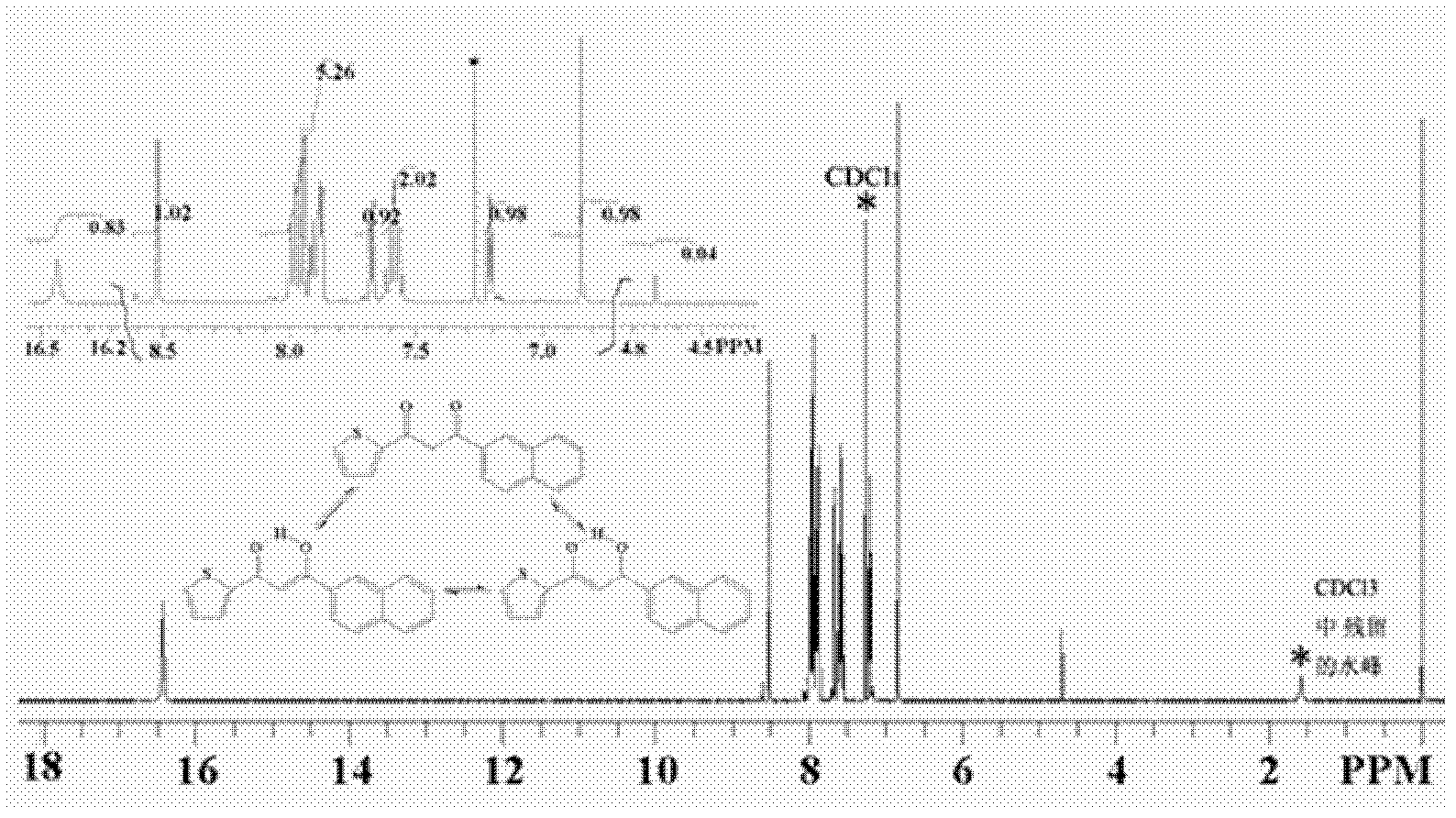Polystyrene fluorescent nanometer particle as well as preparation method and applications thereof
A fluorescent nanoparticle, polystyrene nanotechnology, applied in the direction of luminescent materials, chemical instruments and methods, instruments, etc.
- Summary
- Abstract
- Description
- Claims
- Application Information
AI Technical Summary
Problems solved by technology
Method used
Image
Examples
Embodiment 1
[0102] Example 1: Preparation of polystyrene-acrylic acid nanoparticles by emulsion polymerization
[0103] Proceed as follows:
[0104] (1) Add 10ml of deionized water containing 0.4mmol SDS (sodium dodecylsulfonate) to a round bottom flask with a stirring bar, and protect with nitrogen gas;
[0105] (2) add 70mmol styrene (remove polymerization inhibitor) and 10mmol acrylic acid monomer (remove polymerization inhibitor) under stirring;
[0106] (3) Gradually increase the reaction temperature to 70° C., add 5 mmol of potassium persulfate (after recrystallization), and stir for 10 hours;
[0107] (4) reaction system is cooled to room temperature;
[0108] (5) Filter the product in a 0.45-micron syringe filter, centrifuge in an ultracentrifuge at 60,000 rpm for 50 minutes, dissolve the precipitate with 100 mM sodium bicarbonate buffer (pH 9.0), and store at 4°C.
[0109] The polystyrene-acrylic acid nanoparticles synthesized in this example have a particle size of 10-100 nm. ...
Embodiment 2
[0110] Example 2: Preparation of polystyrene-methacrylic acid nanoparticles by emulsion polymerization
[0111] Carry out according to the method for embodiment 1, but change the acrylic acid monomer (remove polymerization inhibitor) wherein into 3mmol methacrylic acid (remove polymerization inhibitor) monomer, change temperature of reaction into 68 ℃, stir reaction into 6 hours, With the rest unchanged, polystyrene-methacrylic acid nanoparticles were obtained.
Embodiment 3
[0112] Example 3: Preparation of polystyrene-acrylamide nanoparticles by emulsion polymerization
[0113] Proceed according to the method of Example 1, but change the acrylic acid monomer (removal of the polymerization inhibitor) into 6mmol acrylamide, change the reaction temperature to 65°C, change the stirring reaction to 8 hours, and keep the rest unchanged to obtain polystyrene- Acrylamide nanoparticles.
PUM
| Property | Measurement | Unit |
|---|---|---|
| particle diameter | aaaaa | aaaaa |
| concentration | aaaaa | aaaaa |
| particle diameter | aaaaa | aaaaa |
Abstract
Description
Claims
Application Information
 Login to View More
Login to View More - R&D
- Intellectual Property
- Life Sciences
- Materials
- Tech Scout
- Unparalleled Data Quality
- Higher Quality Content
- 60% Fewer Hallucinations
Browse by: Latest US Patents, China's latest patents, Technical Efficacy Thesaurus, Application Domain, Technology Topic, Popular Technical Reports.
© 2025 PatSnap. All rights reserved.Legal|Privacy policy|Modern Slavery Act Transparency Statement|Sitemap|About US| Contact US: help@patsnap.com



